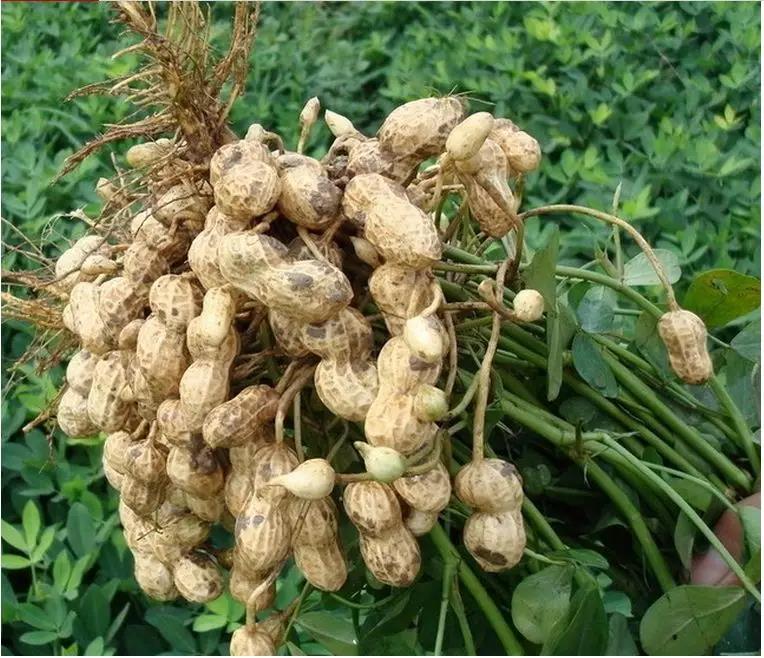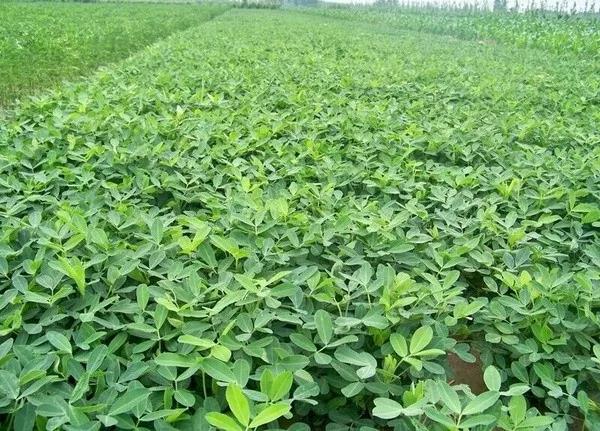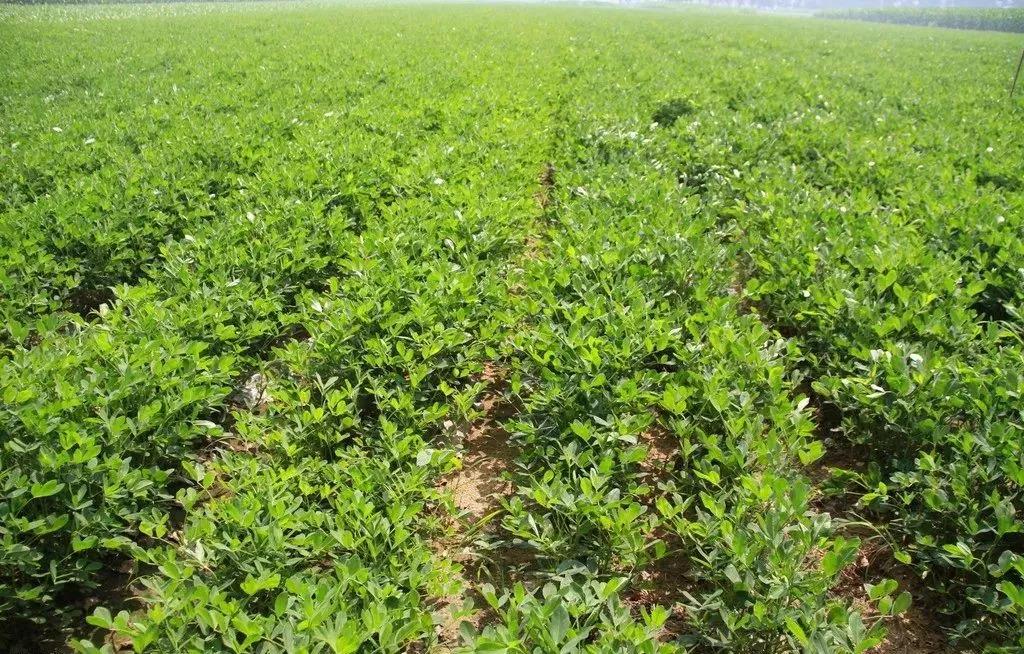At present, peanuts are about to enter the harvest period. What should be done to grow peanuts in order to increase production? Next, Xiaobian will share with you seven small peanuts to increase production!

First, peanut pruning
Everyone knows that fruit tree pruning can promote new side branches, and peanuts can also be pruned to increase production. Peanut pruning can reduce the nutrient consumption of the ineffective branches, and supply more nutrients to the branches and pods, which promotes multi-branches, multi-results, promotes grain fullness, and increases yield.
Method of operation: When the peanut flower buds appear, the diseased weak branches and non-flowering branches on the peanut seedlings are cut off, and the seedlings are tall and prosperous, leaving 4 branches per nest, and the seedlings are short and weak, leaving 3 branches per nest.
Second, the hi-hat cover needle
During the flowering period of peanuts, a large number of flower needles will be formed. When the needles are inserted into the soil, pods will be formed. The more the number of needles entering the soil, the greater the amount of peanuts in the later stage, but about 50% of the needles cannot be found in the soil. You can use the hi-hat or cover soil to increase the rate of flower needles, so that each hole has more than 3-5 fruits.
Method of operation: After the peanuts grow vigorously at 4 pm on the sunny day, when the peanut seedlings are stepped on the ground or when the needles are dropped during the flowering period, the fine soil can be evenly spread from the top of the seedlings to cover the needles. It can achieve the effect of increasing fruit pods and increasing yield by allowing more flower needles to enter the soil to form pods.

Third, peanut calcium and phosphorus
Peanuts with sufficient calcium and phosphorus nutrition have great advantages in the formation of fruit husks and grain fullness. However, peanuts with insufficient calcium and phosphorus will have problems such as dry leaves, fewer pods, more pods, and dry seeds.
Method of operation: 10-15 kg of gypsum powder or superphosphate can be applied per acre at 2-3 weeks of peanut needle drop or during fruit fruiting, or 2% superphosphate solution can be sprayed on the foliage.
Fourth, peanut topping
Plants generally have a apical advantage, while peanuts have a particularly strong top edge. Peanut topping can regulate the nutrient distribution of the plant, which can not only play the role of dwarf seedlings, strengthen the branches, increase the number of branches and flowering, but also improve the photosynthesis efficiency of leaves and increase the formation of organic matter, thereby increasing production and income. the goal of.
Method of operation: The main stem of the seedling can be removed or cut off 10-15 days after the full bloom period of the peanut, and 1 and 2 pairs of side branches are retained.
Five, peanuts supplemented with molybdenum
There are many trace elements in the growth period of peanuts. Not only need a small amount of calcium and phosphorus, but also an appropriate amount of molybdenum and boron, it can also increase production by 10-15%.
Method of operation: 0.2% borax and 0.15% ammonium molybdate can be sprayed on the initial flowering stage and growth period of peanuts respectively. The dosage of 50 kg per acre of aqueous solution is mixed with 0.2-0.3% potassium dihydrogen phosphate to improve the yield. .

Six, peanut spray paclobutrazol
Paclobutrazol has two functions: promoting length and controlling length, and promoting low length and height control. Peanut spraying appropriate amount of paclobutrazol can increase leaf chlorophyll content, improve photosynthesis function, reduce leaf transpiration, promote root development, improve nutrient absorption, enhance drought resistance, prevent lodging, and improve pod filling rate. effect.
Method of operation: 300 times of 15% paclobutrazol solution 50 kg can be sprayed at 5-6 leaves and full bloom at the seedling stage.
Seven, clever leaf spot disease
Anyone who has ever planted peanuts knows that if leaf spot disease occurs, a large number of leaves will appear, so that the photosynthesis of the seedlings will be weakened, and the production of organic matter will be greatly reduced, resulting in small fruit pods, small grain and insufficient filling, which can reduce 10-20%. Production.
Method of operation: It can be sprayed in the middle and late stages of peanuts, 800-1000 times per mu, 80% carbendazim or 1000 times 75% thiophanate, 80 kg water, which is very effective for controlling peanut leaf spot.
Contact: Mr. Ma
Phone: +86-0374-5699688
Tel: +86-0374-5699688
Email: [email protected]
Add: Fine Chemical Industry Park, Jianan District, Xuchang, Henan, China